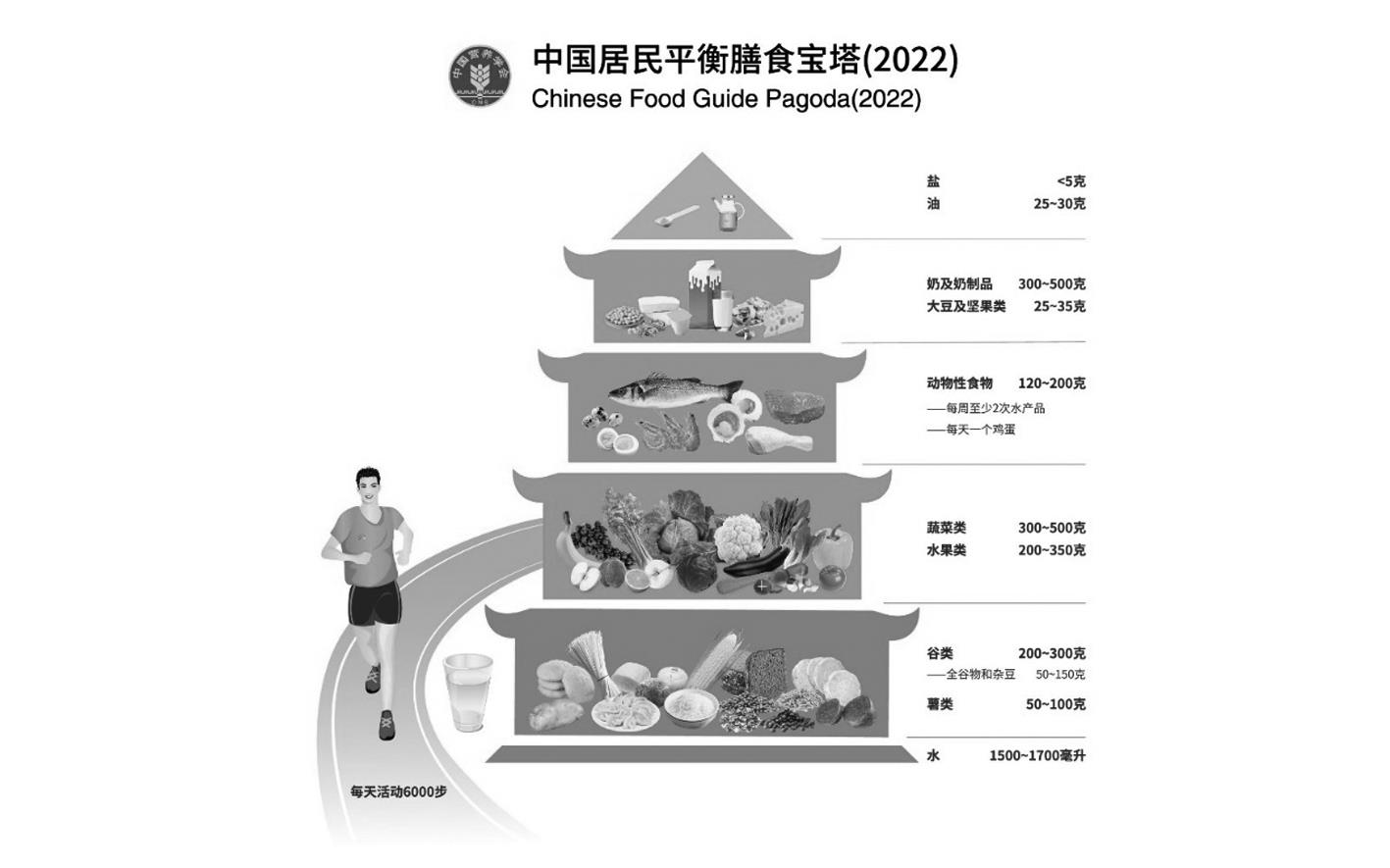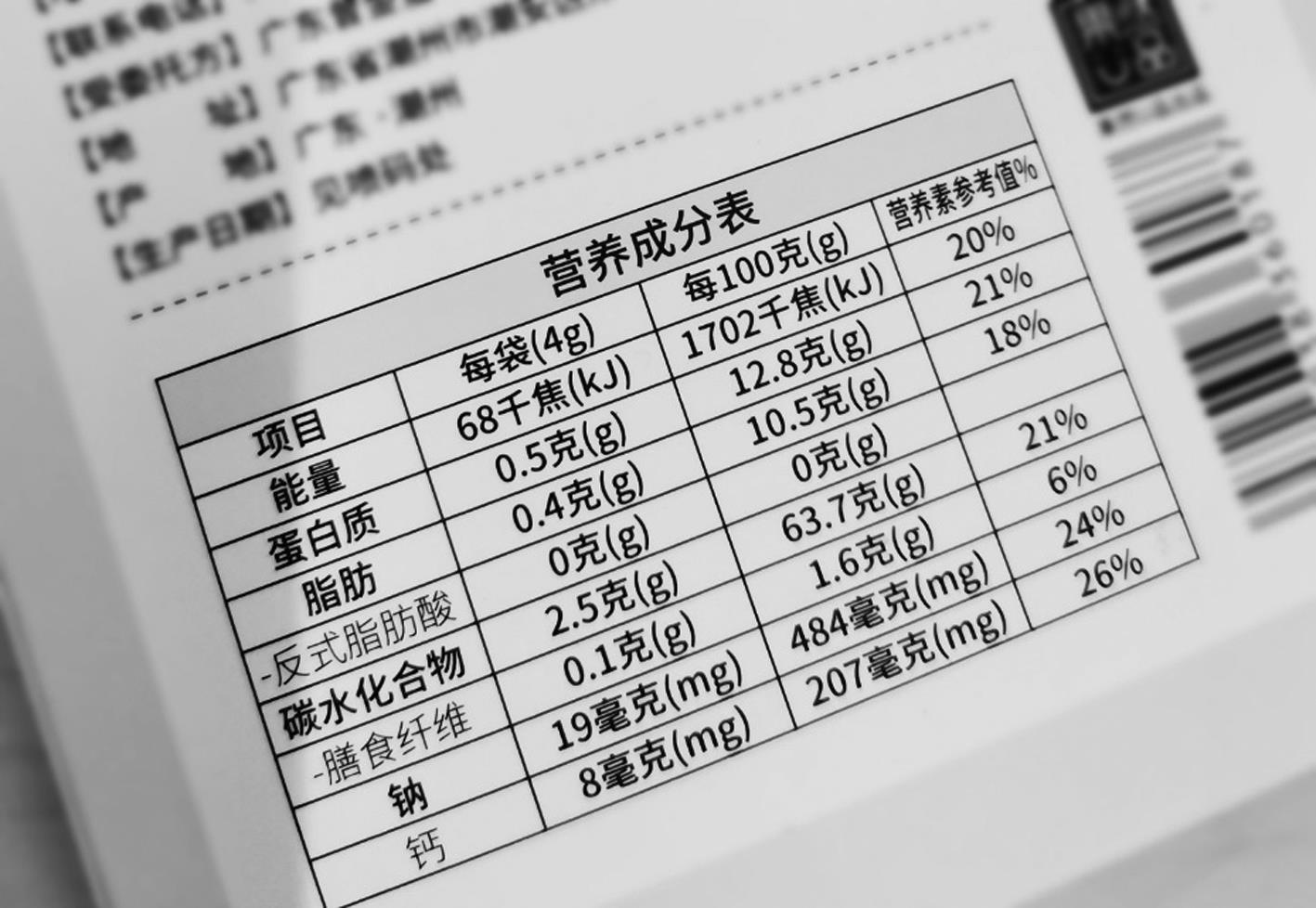In 2023, the whole people will be well-nourished: reasonable diet and balanced eating.



Chen Junfei, Jiangsu Institute of Sports Science
May 15 -21, 2023 (the third week of May) is the 9th National Nutrition Week. The theme of this year is that reasonable diet and food support are good doctors. Meanwhile, May 20th is the 34th "May 20th" China Student Nutrition Day. Reasonable diet and moderate exercise are one of the four cornerstones of health proposed by the World Health Organization.
First, life lies in exercise, which promotes health.
Moderate exercise is one of the core elements to promote good health. Long-term physical exercise can not only enhance resistance, but also improve physical fitness and function, relieve stress and adjust mental state, which will bring long-term benefits to physical and mental health.
Knowledge points: How much physical activity should children and adolescents do every day?
According to the Physical Activity Guide for Children and Adolescents in China, it is suggested that children aged 2-5 should spend 3 hours in physical activity every day and at least 2 hours in outdoor activities every day, in which the accumulated physical activity time of moderate and above intensity is not less than 1 hour. Children and adolescents aged 6-17 have accumulated at least one hour of moderate and high-intensity physical activity every day, including at least three days of high-intensity physical activity and resistance activities to enhance muscle strength and bone health. More physical activity will bring greater health benefits.
Second, reasonable diet, scientific food support
For children and adolescents, it is characterized by vigorous metabolism, which consumes a lot of energy for growth and development. At the same time, in the case of daily physical activity, it is necessary to supplement enough carbohydrates, protein and various trace elements (such as calcium, iron and zinc) every day. Therefore, we should pay more attention to the balance of nutrition, develop and establish reasonable dietary habits, and master the knowledge and skills of nutrition and health.
The food is diverse to meet the needs of growth and development.
Children and adolescents are at an important stage of growth and development, so we should ensure three meals a day, regular and quantitative diet, and adequate intake of energy and nutrients. To achieve a variety of foods, each meal should include three or more types of foods such as cereals, fruits and vegetables, livestock and poultry, eggs, milk and soybeans; There are more than 12 kinds of food every day and more than 25 kinds every week.
Children aged 2-5 should have three meals and two extra meals every day; Choose foods with high nutrient density or add meals, such as milk, fruits, eggs and nuts, with a small amount of soft pastry; Drink 350~500ml of milk and 600~800ml of water every day.
Children and adolescents aged 6 ~ 17 should arrange three meals reasonably and eat breakfast well; You should consume more than 300ml of liquid milk or a considerable amount of dairy products every day.
Scientific food and nutrition, knowing how to read and choose wisely
Learn to know food, understand the nutritional characteristics of food, learn to read food labels, and choose food that suits you; Know the common edible and medicinal substances around you, combine your own situation, reasonably match your daily diet, keep adequate intake of fruits and vegetables, and eat less foods with high fat content and high calories. Develop good eating habits and be the first person responsible for your health.
Knowledge point: nutrition label
Nutrition label is the "nutrition composition table" on the food label. Each prepackaged foods nutritional composition table must indicate five basic nutritional data — — The contents of energy, protein, fat, carbohydrate and sodium, and the ratio of these contents to the daily reference value (NRV). Knowing this information is helpful to understand the nutritional composition and characteristics of food.
Protein, fat and carbohydrate are productive nutrients. Too little intake can cause malnutrition and affect the growth and health of children and adolescents, while too much intake can lead to obesity and chronic diseases.
China is a country with high sodium diet, and sodium ion intake affects the occurrence of hypertension and cardiovascular and cerebrovascular diseases. Therefore, pay attention to the sodium content in the label.
Adequate intake: vitamins, minerals, dietary fiber. Try to achieve 100%NRV daily intake.
Need to limit intake: saturated fat, sodium, added sugar. The daily intake should be less than 100%NRV.
Third, eat dynamic balance to maintain a healthy weight.
Weight is an objective index to reflect the dietary status and human health evaluation in a period of time.
Eat dynamic balance to control overweight and obesity
The results of students’ physical fitness survey show that the overweight and obesity rate of primary and secondary school students is increasing, and overweight and obesity in adolescence are related to non-communicable diseases such as diabetes and cardiovascular diseases in adulthood.
For overweight and obese people, energy intake should be controlled to reduce weight, and the energy intake can be reduced by 300~500kcal per day. Reduce the use of sugary drinks and limit the intake of fat.
In addition, physical activity can consume energy, resistance exercise helps to increase muscle mass, and exercise can also improve the insulin sensitivity of skeletal muscle cells and improve insulin resistance caused by overweight or obesity. Moderate intensity sports include brisk walking, cycling, table tennis, badminton, jogging and swimming. If there is no taboo, it is best to do resistance exercises 2 ~ 3 times a week, such as dumbbells, push-ups, equipment exercises, etc., to improve muscle strength and endurance. It is suggested that overweight and obese people lose 1 ~ 2 kg per month and 5% ~ 10% in 3 ~ 6 months.
Appropriate energy to avoid growth retardation.
Growth retardation means that the height is lower than the standard reference value of normal height of the same age and sex, which reflects the long-term dietary nutrition imbalance and is a type of malnutrition. According to the Report on Nutrition and Chronic Diseases of China Residents (2020), the growth retardation rate of children under 6 years old is 4.8%, and that of children and adolescents aged 6-17 years old is 1.7%.
For the group with growth retardation, under the guidance of nutrition instructors, the ideal weight should be achieved and maintained by increasing the supply of dietary energy and protein, combined with resistance exercise.
The growth retardation of children and adolescents caused by non-disease causes often involves picky eaters, partial eclipse and other reasons. In the daily catering process, attention should be paid to the exchange of similar foods to enrich food varieties, such as replacing rice or noodles with coarse cereals or potatoes, avoiding eating one staple food for a long time, exchanging livestock meat with poultry meat, fish with shrimp, and exchanging various eggs. And pay attention to the color and variety of vegetables.
For children and adolescents with growth retardation, lean meat, aquatic products, poultry, eggs, soybeans and other foods rich in high-quality protein should be appropriately increased on the basis of balanced diet. Eat foods rich in calcium such as milk and dairy products every day, and pay attention to supplementing foods rich in vitamin D. Vitamin D can be supplemented under the guidance of doctors or nutrition instructors. Eat plenty of fresh vegetables and fruits. At the same time, foods rich in iron, such as animal liver and blood, can be supplemented with iron under the guidance of doctors or nutrition instructors to prevent and correct iron deficiency anemia. In addition, the daily diet should also meet the body’s demand for micronutrients such as zinc, iodine, vitamin A, vitamin B12, folic acid and vitamin C.
Take enough vitamins and minerals.
Children and adolescents are at the peak of growth and development, and they have a high demand for various nutrients. At the same time, physical activity will increase the demand for vitamins and minerals. Therefore, it is necessary to take enough vitamins and minerals. For example, when there is growth pain, calcium and vitamin D should be supplemented in sufficient amount to promote the growth of height; When anemia occurs, food intake rich in iron and vitamin C should be strengthened.